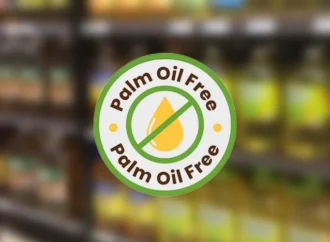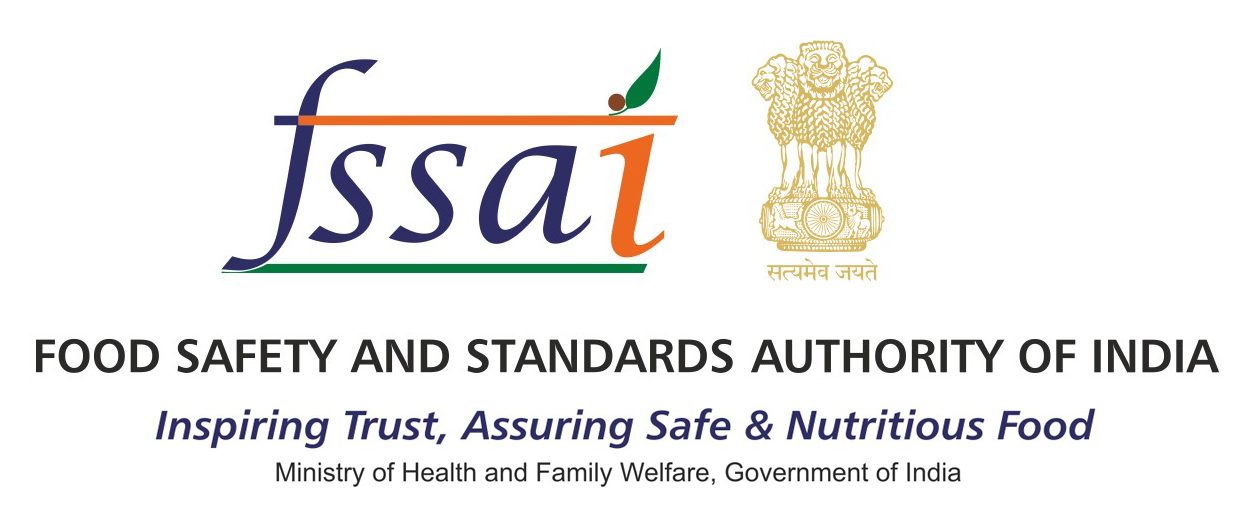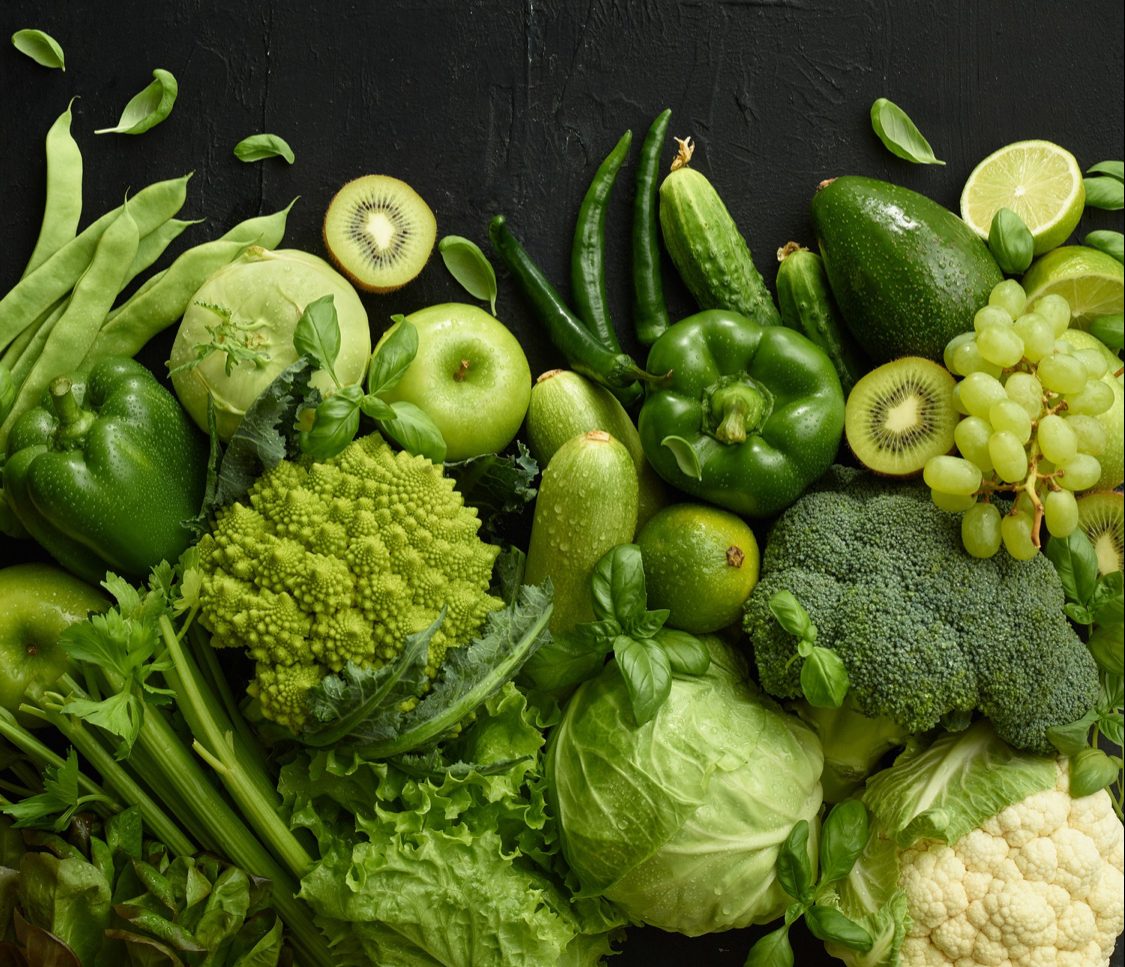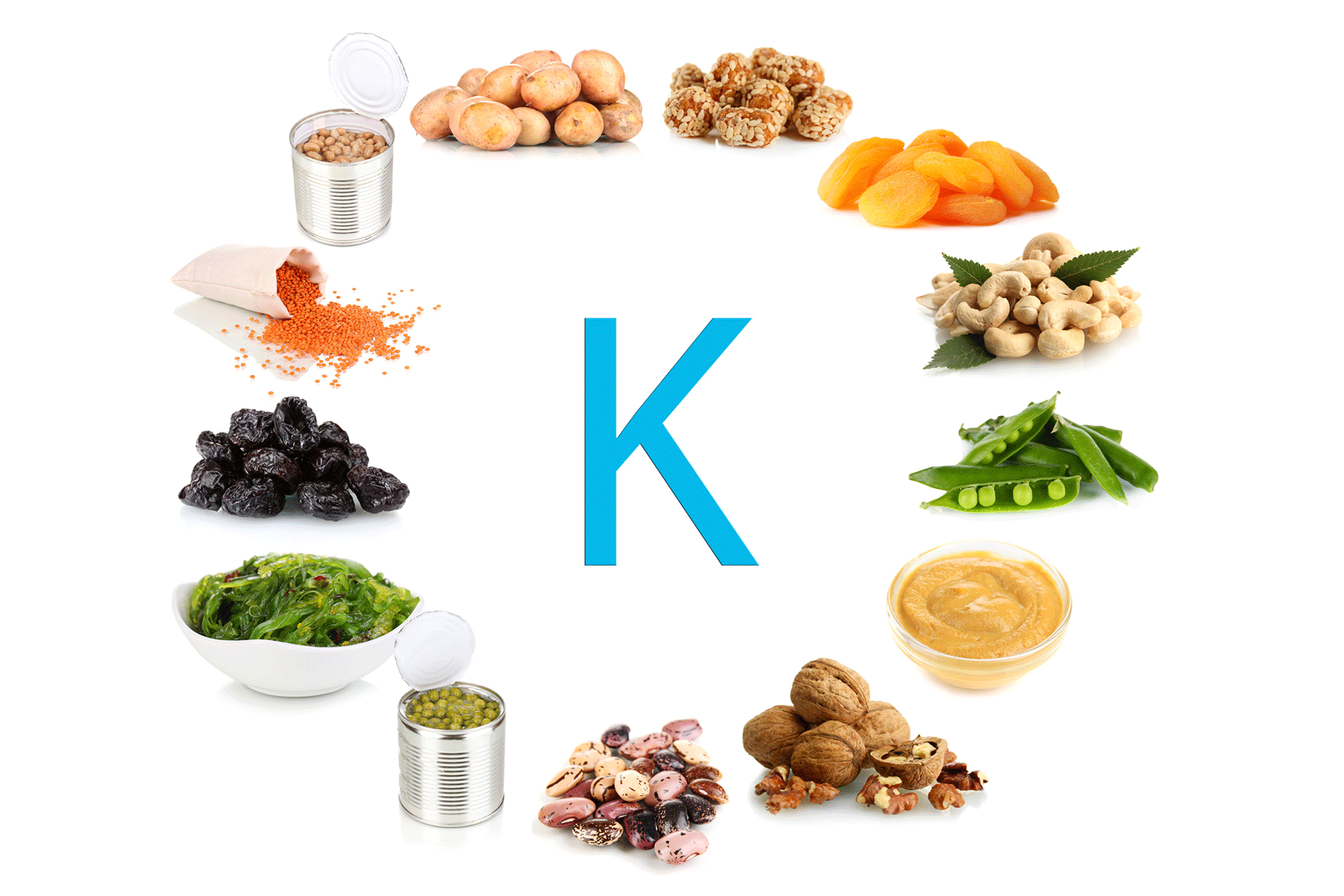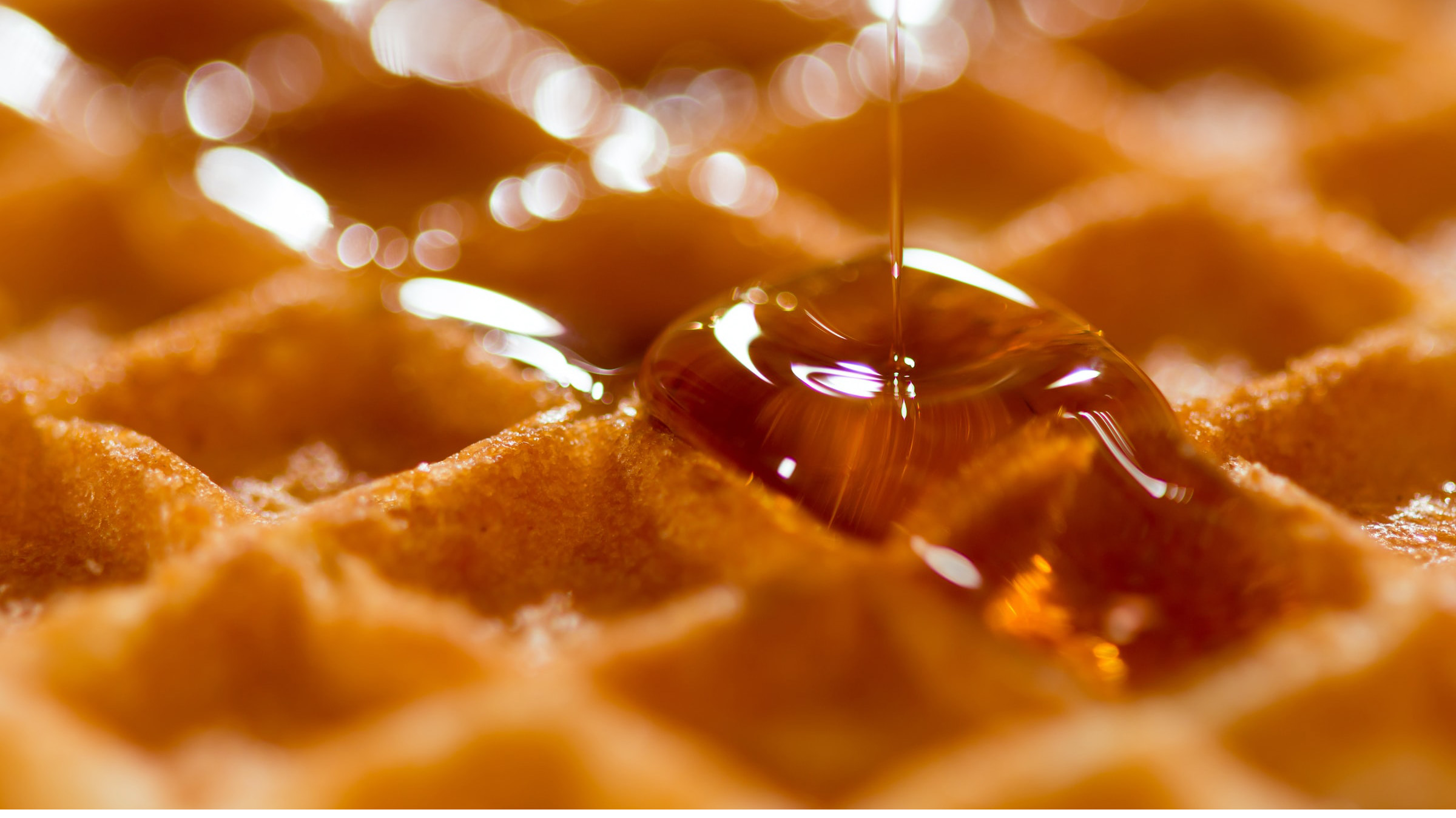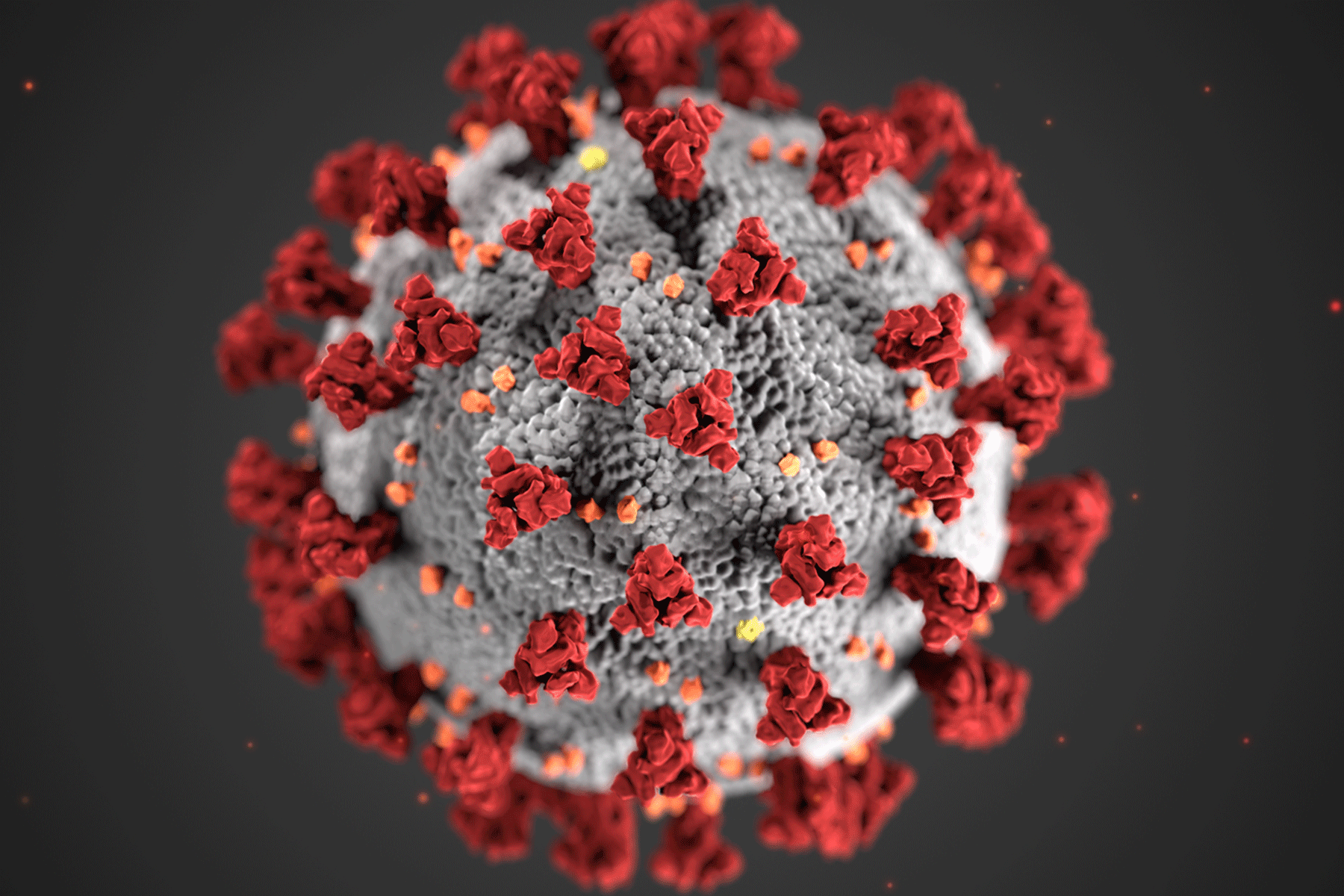Freezing is a convenient and effective way to preserve food, allowing it to stay safe and fresh for longer periods. By slowing down bacterial growth, freezing helps prevent spoilage and keeps food edible for months. However, it’s important to note that freezing doesn’t kill bacteria; it merely pauses their growth. Once frozen food thaws, bacteria can begin multiplying again, posing a risk to food safety. To ensure food remains safe to eat and maintains its quality, proper handling is essential throughout the entire process—freezing, storing, thawing, and reheating. This guide offers tips for handling frozen foods safely.
Freeze Food Properly

To freeze food effectively, follow these easy tips:
- Control Temperature: Set your freezer to -18°C (0°F) or lower to keep bacteria from growing and ensure food stays fresh.
- Wrap Food Well: Always wrap food tightly in airtight packaging. Vacuum sealing works best, but plastic wrap or aluminium foil will help prevent freezer burn and preserve taste and texture.
- Portion Food: Divide food into smaller portions before freezing to make thawing easier. Label and date each item so you can use the oldest food first.
Store Food Properly
Proper storage is crucial to keep food safe and fresh. Here’s what to do:
- Avoid Overloading: Don’t overcrowd the freezer, as it limits airflow, which could cause uneven freezing and even thawing, putting food at risk.
- Keep a Consistent Temperature: Ensure your freezer stays at 0°F (-18°C). Using a thermometer helps monitor the temperature and avoid any fluctuations.
- Check Regularly: Inspect your freezer occasionally to make sure everything is staying frozen and that ice buildup isn’t a sign of improper freezing conditions.
Thaw Frozen Food Safely
Thawing food the right way prevents harmful bacteria from multiplying. Here are some safe methods:
- Refrigerator Thawing: This is the safest way to thaw food. It keeps food below 40°F (4°C), so bacteria can’t grow. Larger items, like meat, may take longer, so plan.
- Cold Water Thawing: For quicker thawing, place food in a leak-proof bag and submerge it in cold water. Change the water every 30 minutes to keep it cold.
- Microwave Thawing: If you’re in a hurry, you can use the microwave to thaw food, but cook it immediately after.
Never Thaw at Room Temperature: Leaving food out at room temperature is risky because bacteria multiply rapidly between 40°F and 140°F. Avoid thawing food outside the fridge for more than two hours—or just one hour if the room is above 90°F (32°C).
Reheat Frozen Food Safely
When reheating frozen food, always make sure it reaches a safe internal temperature of 165°F (74°C) to kill any lingering bacteria. Stir food occasionally when reheating to ensure even heating.
Avoid Refreezing: It’s best not to refreeze food that has been thawed and cooked. While it’s safe to refreeze food if it stays below 40°F, its taste and texture may suffer.
Prevent Freezer Burn: Freezer burn happens when food is exposed to air, leading to dehydration and oxidation. While freezer-burned food is still safe to eat, its quality may drop. To prevent freezer burn:


- Seal Food Well: Use airtight packaging like vacuum-sealed bags, plastic wrap, or aluminium foil to keep air out.
- Use Food on Time: Even frozen food has a shelf life, so try to use it within a reasonable time to avoid freezer burn.
Frozen Food Handling in Food Businesses
In food businesses, such as restaurants or catering services, following food safety guidelines is essential. Here’s what to keep in mind:
- Check Deliveries: Always ensure that frozen food arrives at or below the proper temperature (-18°C/0°F). Use a thermometer to verify the temperature.
- Inspect Packaging: Check for any damaged packaging, such as tears or holes, which can lead to thawing and contamination.
- Prevent Cross-Contamination: Store frozen food separately from raw meats and poultry to avoid cross-contamination. Place frozen items on the lowest shelves to prevent any drips from contaminating other food.
Conclusion
Freezing is a great way to preserve food, but handling it properly is crucial to keeping it safe and maintaining its quality. By freezing, storing, thawing, and reheating food correctly, you can enjoy safe, tasty meals long after the food has been frozen. Whether you’re handling frozen food at home or in a business, following these simple tips will help you prevent foodborne illnesses and get the best results from frozen food.
 Food Manifest
Food Manifest 



